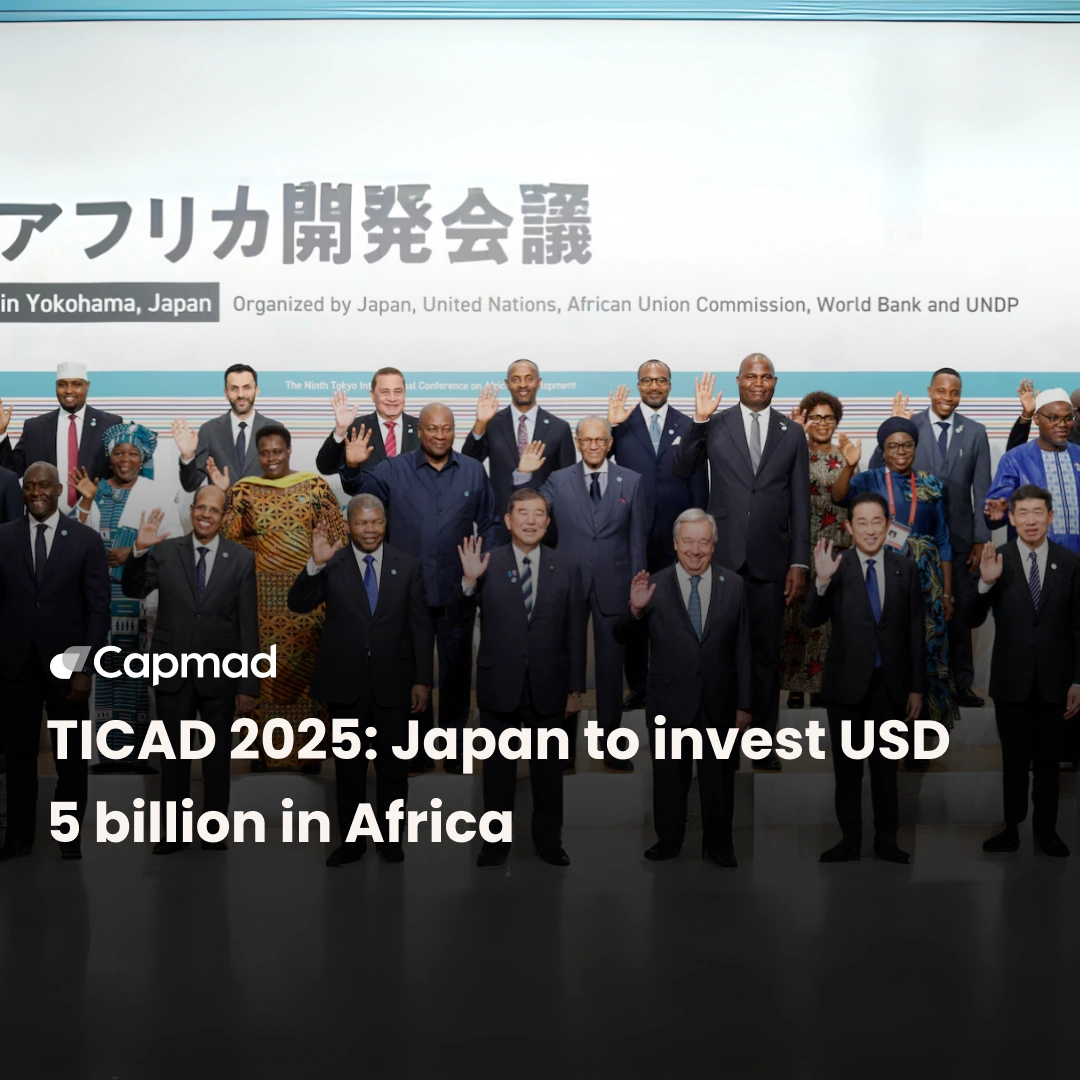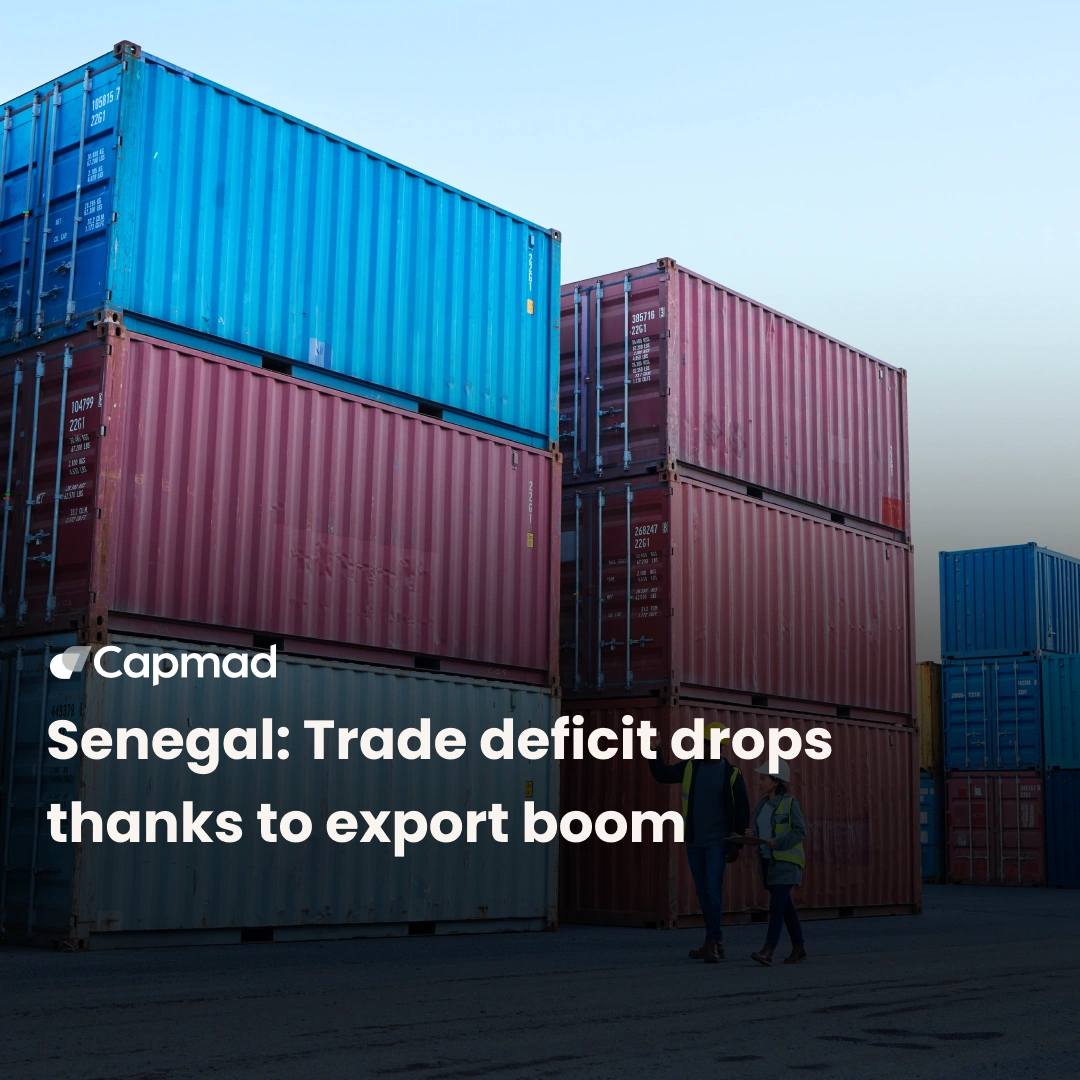In recent years, the Moroccan economy has demonstrated macroeconomic stability and maintained low levels of inflation. This economic resilience is primarily attributed to robust exports, a surge in private investment, and a thriving tourism sector. After a slight downturn, the country’s GDP showed signs of recovery in 2021, with modest growth recorded in 2022. According to the latest projections from the IMF, Morocco’s economy is expected to expand by 2.4 % in 2023.
Morocco’s economic context
Morocco’s economic growth is driven by a partial recovery in agricultural production, along with strong performance in net exports and services, particularly tourism. This recovery is expected to gain momentum in the medium term, with real GDP growth projected to reach 3.6 % in 2024 and 3.2 % in 2025, as domestic demand gradually rebounds from recent setbacks.
Efforts in reconstruction and the implementation of new policy incentives are anticipated to bolster investment, thereby supporting incomes and consumption. Additionally, the revival of agricultural crops is expected to stimulate growth and rural employment. These political and economic initiatives are aligned with IMF forecasts, positioning Morocco to become one of the top 10 African economies by 2030.
Impact of structural reforms on Morocco’s economy
The consolidation of the budget deficit has been hindered by the budgetary impact of health and social protection reform, as well as the postponement of liquefied petroleum gas subsidy reform, resulting in an estimated deficit of 5 % of GDP in 2023. Modest revenue growth (+0.9 % year-on-year) was driven by higher tax receipts. However, public spending experienced upward pressure (+7.2 % year-on-year) due to the effects of drought on food supplies and elevated inflation.
Despite gas subsidies being lower than anticipated, expenditures on food and farmer subsidies increased, along with accelerated investments in water infrastructure. The deficit is forecasted to decrease over the projected period, reaching 4.4 % this year and 3.8 % in 2025, according to the IMF. Similarly, the debt/GDP ratio is expected to follow a similar downward trajectory, declining from 69.7 % in 2023 to 68.7 % in 2025.
Lower energy prices help keep inflation under control
After reaching its peak in February, inflation in 2023 stood at 6.3 %, primarily influenced by reduced energy prices and enhanced agricultural output. Projections suggest a gradual decrease to 3.5% in 2024, as indicated by the IMF. This downward trend is notably driven by decreased energy and food costs, alongside minimal fluctuations in interest rates.
However, key risks persist, including prolonged droughts impacting agricultural yields, a potential deeper slowdown in crucial European markets, and the possibility of further increases in commodity prices.
Decline in youth unemployment
Despite an upward trajectory, the unemployment rate has gradually declined in recent years, stabilizing at around 12 % in 2023. The IMF forecasts a further decrease to 11.7 % in 2024 and 11.6 % in 2025. According to the Moroccan High Commission for Planning, unemployment disproportionately affects young people (15-24 years – 38.2 % in June 2023), recent graduates, and women (19.8 % each).
The poverty rate remains among the highest in the Mediterranean region, with nearly one-fifth of the population living near the poverty line. Finally, GDP per capita (PPP) was estimated at 10,408 USD in 2023 by the IMF.
Main sectors of Moroccan industry
Given Morocco’s fertile soil, the agricultural sector plays a pivotal role in the country’s economy, employing 35 % of the workforce and contributing 10.5 % to GDP. Wheat, citrus fruits, barley, and wine rank among the country’s primary crops.
In recent years, the government has directed its focus towards various sectors through initiatives like the Green Morocco Plan and the Agricultural Development Fund. Morocco’s cereal production fluctuates significantly, with local dams irrigating only 15 % of farmland.
Preliminary data from the Office National de la Statistique indicates that seasonally-adjusted value added in the primary sector surged by 8.9% in volume terms in the third quarter of 2023, in contrast to a 13.8 % decline in the same period the previous year. This growth was primarily driven by a 5.7 % increase in agricultural activity and an 80.7 % rise in fishing.
Overall, the agricultural sector recorded an anticipated growth rate of 3 % for the 2022-2023 campaign, marking a notable rebound from the previous year’s -14.8 %, despite facing adverse climatic conditions and cyclical imbalances.
Booming industries support economic growth
Industry constitutes 25.5 % of gross domestic product and employs 23 % of the workforce in Morocco. Key sectors include leather goods, textiles, food processing, oil refining, and electronics assembly. However, emerging industries such as IT, chemicals, automotive components, aerospace, and electronics are experiencing significant growth.
Over the past decade, the automotive industry has witnessed double-digit growth in job creation and exports, establishing itself as the country’s primary export sector and Africa’s leading automotive hub. Overall, the manufacturing sector contributes approximately 15 % to GDP.
The emergence of these new industries is expected to help diversify the economy and reduce reliance on the agricultural sector. Morocco’s industrial sector attracts a significant portion of foreign direct investment (FDI). Additionally, the country possesses approximately 75 % of the world’s estimated phosphate reserves, with the mining sector contributing nearly 30 % to exports, according to the Oxford Business Group.
Mining represents 10 % of GDP, with phosphates accounting for 90 % of this share. Manufacturing activity experienced a modest increase of 0.6 % in 2023, compared to 0.3 % the previous year. This growth was primarily hindered by a 4.1 % decline in the chemicals industry, driven by lower phosphate fertilizer production, and a slowdown in the food and textile industries due to increased production costs.
The services sector reflects the strong momentum of the Moroccan economy
The service sector constitutes more than half of GDP (54.5 %) and employs 43 % of the working population in Morocco. This sector is primarily driven by real estate and tourism, which have displayed remarkable dynamism in recent years, contributing to approximately 11 % of GDP and achieving a record of nearly 13 million arrivals in 2019.
While tertiary activities experienced a downturn following the onset of the pandemic, with tourism notably impacted, improvements are anticipated in 2022 and 2023. Tourist arrivals in Morocco surpassed their previous levels, reaching 13.2 million in the first eleven months of 2023.
Furthermore, the Moroccan banking sector is predominantly comprised of local banks, which control over 80% of the sector’s assets. The acquisition of Société Générale’s Moroccan subsidiary by the Saham Group exemplifies this trend.
Morocco’s foreign trade in figures
Morocco is very open to foreign trade. According to the latest figures from the Office des Changes in 2022, exports were dominated by :
- Natural and chemical fertilizers (27.1 %)
- Automobiles (26.11 %)
- Agriculture (19 %)
- Textile products (10.3 %)
Energy products constituted the primary imports at 20.8 %, followed by wheat (3.5 %), vehicle parts (3.2 %), plastics, and ammonia (2.9 % each).
In 2021, Morocco’s key trading partners were Spain (19.6 %) and France (18.7 %), with Italy (4.5 %) and Germany (4.1 %) following suit. European Union countries dominated as the main trading partners, accounting for 56.6 % of total exports and 45.4 % of imports. Morocco has also strengthened its trade integration with the rest of Africa, notably through the ratification of the African Continental Free Trade Agreement.








